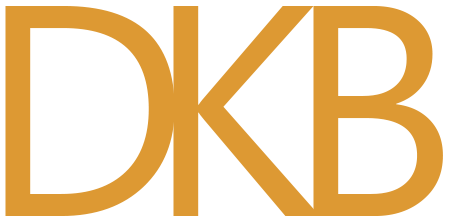OT745 Homework (Week 1)
Tel Zayit (pp. 17, 18)
NOTE: Page numbers in the syllabus are wrong.
Facsimile of the inscription
The Tel Zayit abecedary image as provided in the book
is far better than the provided facsimile:
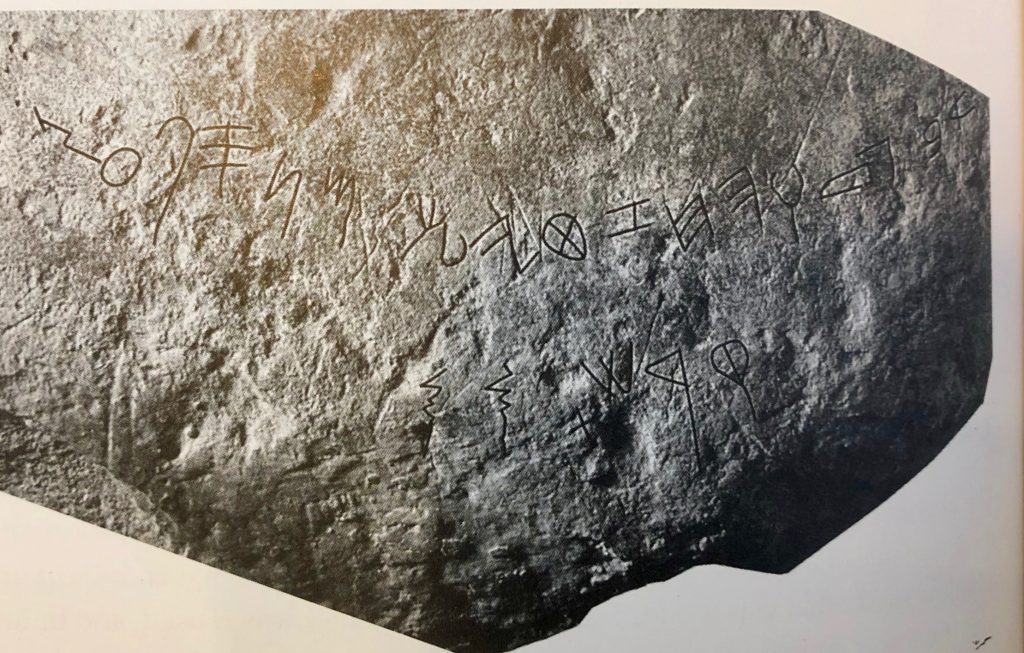
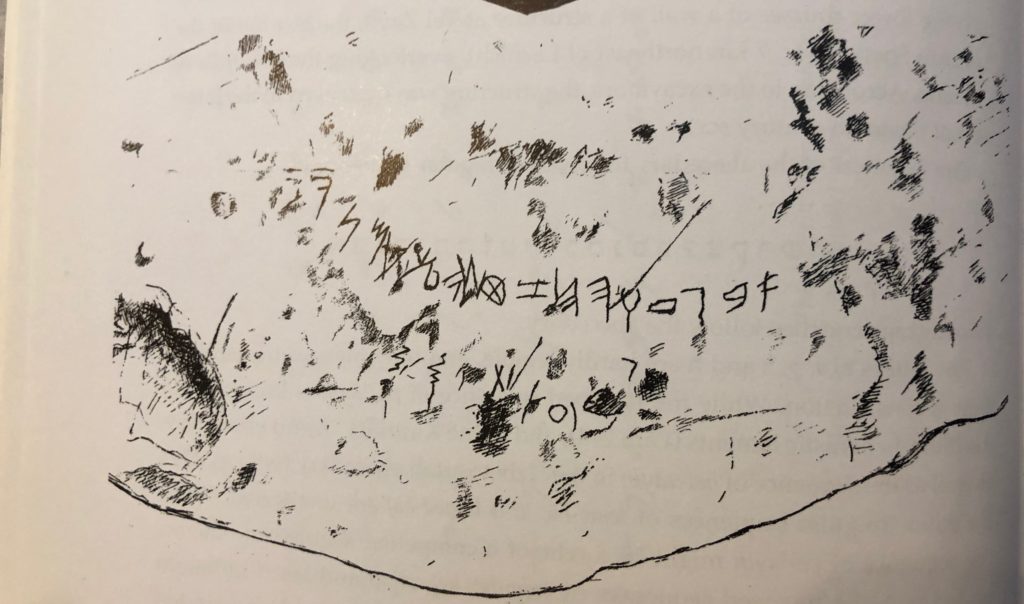
This facsimile was basically unusable, so I created my own (at least of the symbols) and will be working off of it:
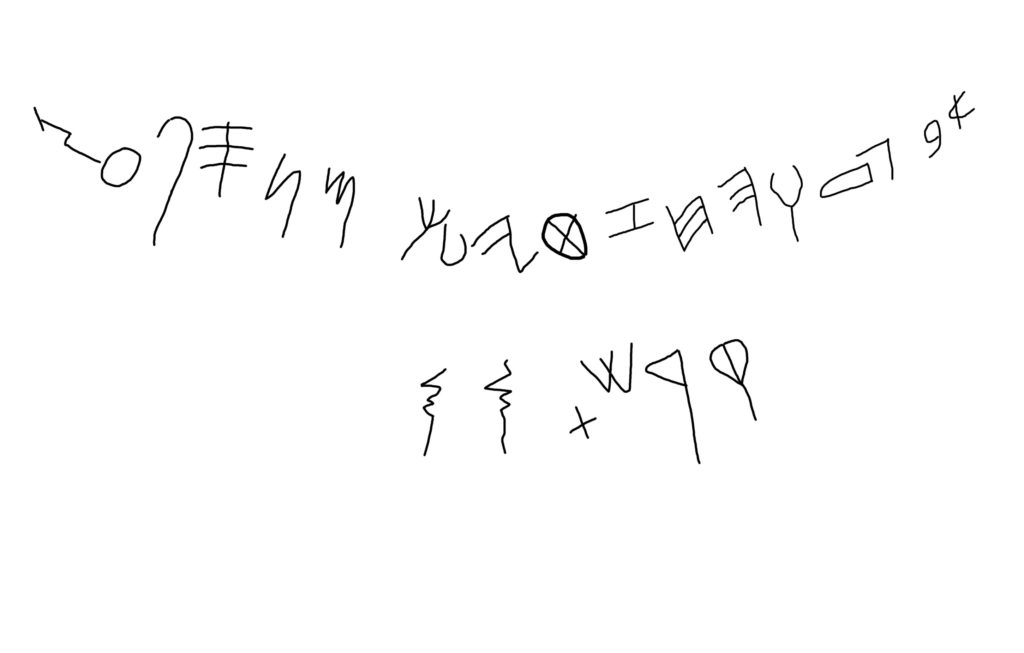
Transliteration
Given my facsimile, I think the transliteration is:
א ב ג ד ו ה ח ז ט י ל כ מ נ ס פ ע
ק ר ש ת
The only places we disagree is that Ahituv sees a tsade before the qof. I don’t see that at all, unless he’s seeing the squigily line at the in of the first line as a tsade (he doesn’t include a line break in his transliteration).
Qeiyafa
This inscription not included in the Ahituv book, but I found a website sourcing it to Misgav, H., Garfinkel, Y. and Ganor, S. 2009. The Khirbet Qeiyafa Ostracon. In Amit, D., Stiebel, G.D. and Peleg-Barkat, O. eds. New Studies in the Archaeology of Jerusalem and Its Region, pp. 111-123. Jerusalem: Israel Antiquities Authority and the Institute of Archaeology, the Hebrew University of Jerusalem (Hebrew).
It isn’t included in the course site and it’s not available in the digital database.
Izbet Sartah (pp. 249-52)
NOTE: Page number in the syllabus are wrong.
Facsimile of the Inscription
These two image suffer from the opposite problem of Tel Zayit. The facsimile is good and the image is unreadable (it looks like direct lighting overexposed the left side of the image):
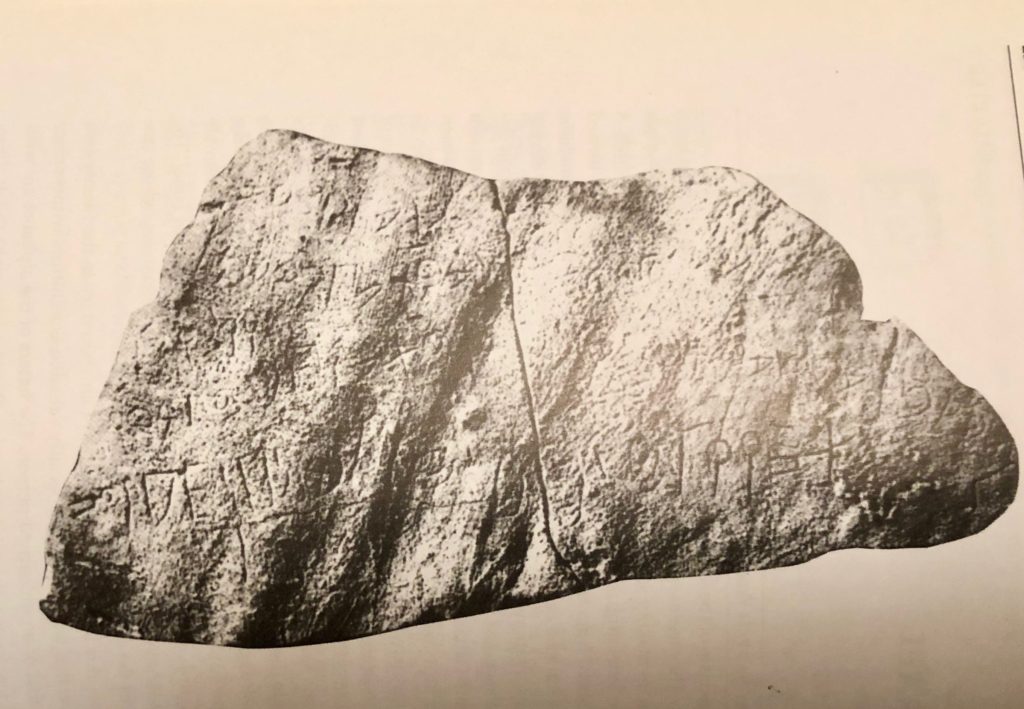
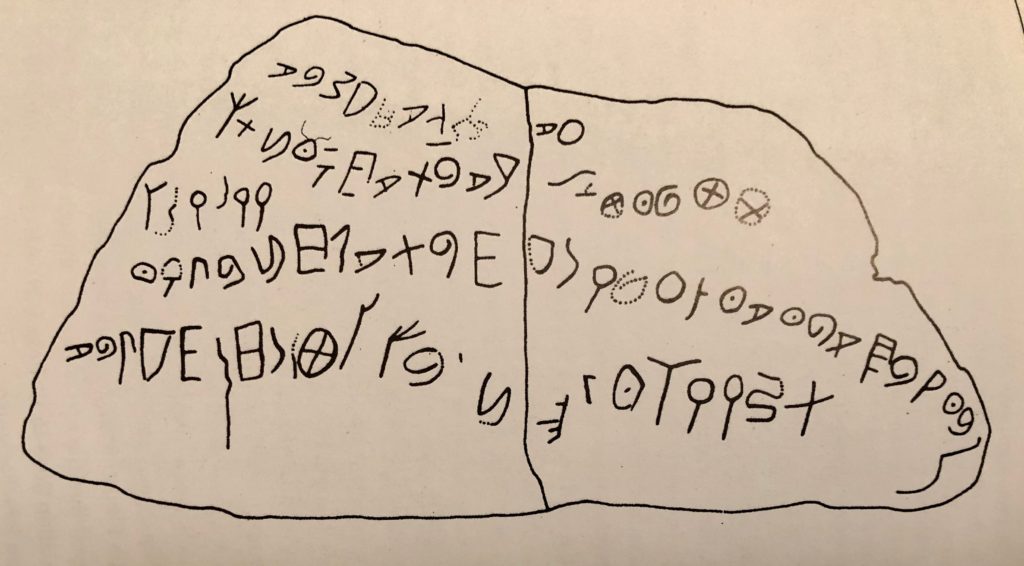
Going from the fascimile and transliteration from Ahituv’s book (which is not to say he’s responsible for it)
I count 5 lines (top to bottom) and then columns to each line from right to left (this might be wrong, but I need a system, so it’ll do. Ahituv does read the ostracon from left to right but then transliterates from right to left. That seems more confusing to me).
Transliteration with Notes
Line 1:
ע א ? ? א ? ד ? פ א
Col. 2: consistently through in the inscription, all the א appear backwards. It appears that way 7 other times.
Col. 3: I can’t tell from the fascimile if this is a character or not. Ahituv can’t seem to either and puts it in brackets.
Col. 4: This character could be seen as a poorly written ו, but the line below it is confusing. Ahituv thinks it’s a a ת. I don’t see that at all.
Col. 7: Ahituv thinks it could be a partially drawn ח, and I can see that.
Col. 8: could be a poorly drawn ע. Ahituv agrees.
Col. 9: there may be a similar character in Line 5 Col 2, but it’s not a character I know. Ahituv sees it as a ש, which is interesting.
Line 2
ט ט ב ? ט ? ר א ב ת א ? ? ? ? ת ז
Cols. 1-2: This scribe clearly has the tet down pat. Bizarrely.
Col. 3: If it’s a ב then it’s upsidedown (at least in this orientation. But when compared to Col 9 (or 10), it looks like the same character was intended. I’m calling it a ב based on the much clearer Line 4 Col. 24, where the sharp angle seems to indicate a ב as opposed to a פ.
Col. 4. There are 7 instances of a circle with a dot in the center. Since the scribe clearly knows how to write a ט, it seems unlikely the same is inteded here. Then again, I’m not sure why an ע would have a centered dot, especially when Line 4, Col. 12, they write an ע without it. It’s so consistent, it must be intentional. Ahituv thinks it’s a ל.
Col. 6. I’m calling these two marks one col. It just looks like scratch marks. Ahituv seems to agree.
Col. 7. This appears to be a ר. Ahituv marks it with brackets.
Col. 12, looks like a poorly formed ה. Ahituv thinks it’s a ח.
Col. 13. Could be an incomplete י.
Col. 15. Appears here and in Ln 4 Col 23. I’m wondering if there just incomplete ב.
Line 3
ק ק ? ק ? ? ו
It’s interesting that the ק start at the bottom of the circle, rather than going through it (like we saw in Tel Zayit).
Col. 3 Looks like a scratch
Col. 5 Also looks like a scratch
Col. 6. If it’s supposed to be a ז, it’s missing a third fork (cf. Ln 2 Col 17), otherwise it could just be an ו.
I don’t understand Ahituv’s transliteration of this line at all.
Line 4
פ ? ר פ ה ת פ ? א ? ? ס ? ק ? ? ה ב ת א ג ה ? ב ? ק
Col. 3, I’m seeing it as a backwrads ר, but it could also be an incomplete ק. Given that this scribe starts their qofs from the base of the circle, I’m not really won to that.
Col 5. Seems like an enthusastic ה
Col 6. This could be a ט or a ת.
Col. 11 is either an ו or an incomplete ז.
Col. 13 Looks like an error.
Col. 15 Looks like a scratch
Col 16 Looks like an ill-formed ס.
Col 17. Looks like an incomplete ה.
Col. 22 An ill-formed ה
Line 5
ת ? ק ק ו ? ? ? ב ב ז ו ט ה ? ה ע ? ב א
Col 7 appears to be similar to Col 19. They could be backwards ג, but the scribe seemed to have no problem with that in Ln 4 Col 21.
Col. 8 Indistinguishable
Col 9. Again to our ב discussion
I’m igorning the scrach between what apperas to be two ב.
I’m also ignoring what apperas to be a scratch between Cols 13 and 14.
Col 14 Could be just a scratch
Col 15 Could be a badly written ה
Col 16 Apperas to be a scratch
Col 17 Apperas to be half drawn version of col 15
Col 18 could also be a backwards ג
